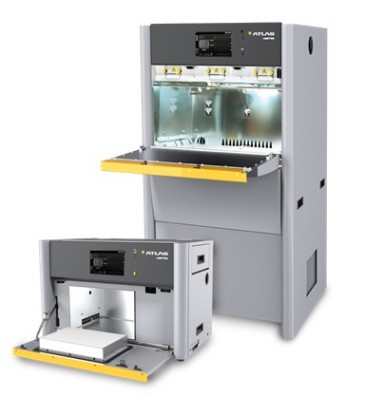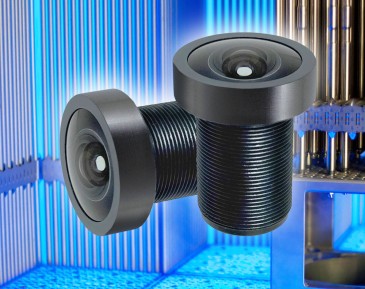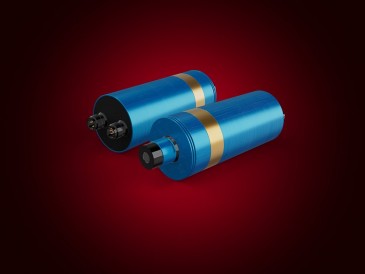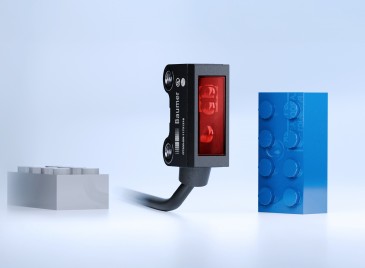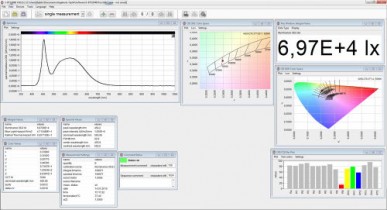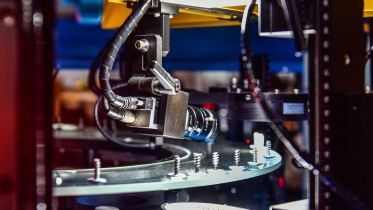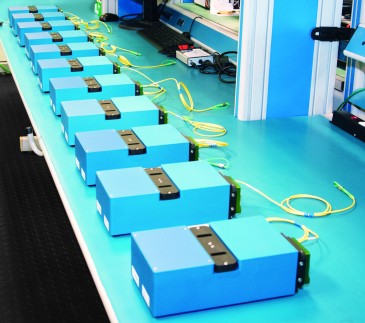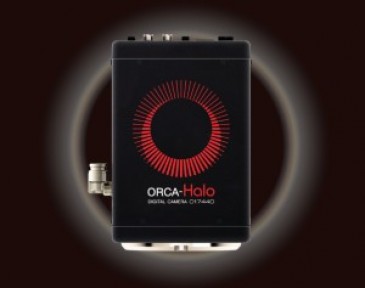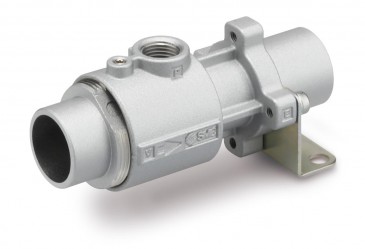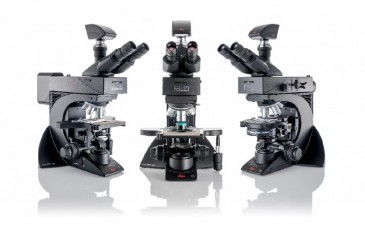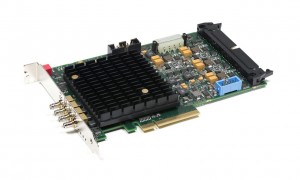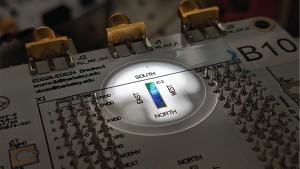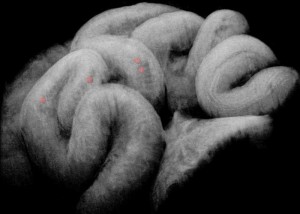
As the light from the sun propagates through the atmosphere of the earth, it is corrupted by variations in the optical refractive index caused by turbulent mixing of air at different temperatures. The variations in the refractive index variations delay parts of the incoming wavefront with respect to others, with the result that the phase of the wavefront becomes aberrated.
To compensate for the disruptive effects of the atmospheric turbulence, much of which occurs very near the Earth’s surface, many research telescopes are located on mountain ranges where there is less atmosphere above them through which light from the sun passes. However, despite the fact that the air near the ground is where the majority of turbulent airflow in the atmosphere occurs, other turbulent regions in the central troposphere and from the high troposphere also contribute to distorting the images captured by telescopes.
Employing an adaptive optical system
One approach to optically correct the images from the aberration induced by the turbulence in the atmosphere is to employ an adaptive optical system. Traditionally, these single closed-loop feedback systems comprise a wave-front sensor, computer and an optical corrector such as a deformable mirror.
As the wavefront sensor measures the phase aberrations of the light, the data from the sensor is processed by the computer to determine how to impart inverse aberrations to the surfaces of the mirror in real-time to compensate for the aberrations caused by turbulence.
However, according to Dr. Dirk Schmidt, an assistant scientist at the USA’s National Solar Observatory (NSO), such classical systems are only able to compensate for the turbulence in the direct path between the sun and the telescope, and the viewing angle over which the compensation is satisfactory is restricted to around ten arc seconds.
“Optical aberrations due to turbulent airflows, however, can be introduced at any distance from the telescope within the troposphere, and can strongly vary with viewing direction. Ideally, then, researchers would prefer to employ an adaptive optic system that could correct for any aberrations that occur within multiple regions in the atmosphere and be able to view objects over a much wider field of view,” said Dr. Schmidt.
Groundbreaking multi-conjugate system
Now, a groundbreaking multi-conjugate adaptive optics system developed at the New Jersey Institute of Technology’s Big Bear Solar Observatory (BBSO) has proved that it can do just that, providing scientists with the most precisely detailed, real-time pictures of solar activity to date. The new system, which is known as “Clear”, recently proved its worth at the Goode Solar Telescope, the main telescope of the Big Bear Solar Observatory in Big Bear Lake in California.
The new multi-conjugate adaptive optics device comprises three deformable mirrors, manufactured by Northrop Grumman's AOA Xinetics division. The shape of the surfaces of each of the mirrors are independently modified under computer control to consecutively correct the path of the incoming light waves at different heights in the atmosphere.
According to Dr. Schmidt, who is also a project scientist for the international team that developed the new system, the multi-conjugate adaptive optics system sits downstream of the aperture of the BBSO telescope. There, it corrects images of the Sun distorted by multiple layers of atmospheric turbulence and enables the size of the corrected field of view to be increased to 35 arc seconds.
![]()
Recent images taken from Big Bear Solar Observatory of a massive section of the Sun's surface, about 23,000 miles square, showcase the advances in real-time clarity over vast distances presented by the new optics system. The system on the New Solar Telescope has provided the first-ever multi-conjugate adaptive optically corrected observations of the Sun that show a widened corrected field of view compared to classical adaptive optics correction.
To do so, the multi-conjugate adaptive optics device comprises three deformable mirrors, manufactured by Northrop Grumman's AOA Xinetics division. The continuous face sheets of the mirrors are independently modified by actuators that push and pull on them from behind under computer control to consecutively correct the path of the incoming light waves at different heights in the atmosphere.
“While the two high altitude deformable mirrors are configured in the system to compensate for turbulence at three and eight kilometers, the low altitude mirror is configured to remove the turbulent effects seen closer to the ground,” said Dr. Schmidt.
To measure the phase aberrations of the light at varying heights in the atmosphere, the system uses a correlating Shack-Hartmann wavefront sensor coupled to a Mikrotron EoSens 3CXP camera with a 1,690 (H) x 1,710 (V) CMOS imager to provide accurate measurements of the wave front shape of the light from the sun.
The Shack-Hartmann sensor itself consists of an array of lensets each of the same focal length. Each one subdivides the pupil into a two dimensional array of subapertures. The multiple images produced are then formed on the detector in the Microtron EoSens camera that images each of the subapertures of light.
A multi-directional widefield Shack-Hartmann sensor subdivides the light from the sun into subapertures. Each subaperture is then imaged separately by an imaging detector in a Mikrotron camera. The individual images are then transferred over a CoaXpress interface to PC-based system. Software running on the PC then estimates the wavefront slopes in the Shack-Hartmann subapertures by correlating each of the images in the subapertures with a reference image from the center of the wavefront sensor.
These individual images, which represent the local wavefront gradient or slope, are transferred at 1500 frames per second over a CoaXpress interface to an Active Silicon Firebird Quad CXP-6 CoaXPress frame grabber housed in a PC. Software running on the PC then estimates the wavefront slopes in the Shack-Hartmann subapertures by correlating each of the images in the subapertures with a reference image from the center of the wavefront sensor.
Controlling the deformable mirrors
To control the deformable mirrors in the system, the data representing the relative shift is used to compute how each of the wavefronts should be reconstructed by applying a voltage to move each mirror actuator. This was achieved by creating a mathematical transformation matrix that relates the wavefront to actuator motion.
Control commands from the PC are sent from the PC-based system over an RS-422 interface to the driver electronics systems of the AOA Xinetics deformable mirror systems that perform D/A conversion and voltage amplification. The control voltages are then applied to each of the actuators in the mirrors to tilt their surfaces such that they will correct for the wavefront distortion induced by the atmospheric turbulence.
Impressive results: Capturing simultaneous images of solar flares and coronal mass ejections
The results from the deployment of the new system are impressive. The system is able to provide crisp image quality of the sun in an area that is about three times wider than before. The deployment of the system at the observatory's 1.6-meter New Solar Telescope has enabled simultaneous images to be captured of massive explosions such as solar flares and coronal mass ejections that are occurring at approximately the same time across large structures such as a 20,000-mile-wide sunspot in the Sun's photosphere.
The development of the Clear system was the culmination of two decades of work into adaptive optics by individuals working at the National Solar Observatory, Big Bear Solar Observatory, and the Kiepenheuer Institut fuer Sonnenphysik.
Written by David Wilson, Senior Editor, Novus Light Technologies Today































 Back to Enlightening Applications
Back to Enlightening Applications